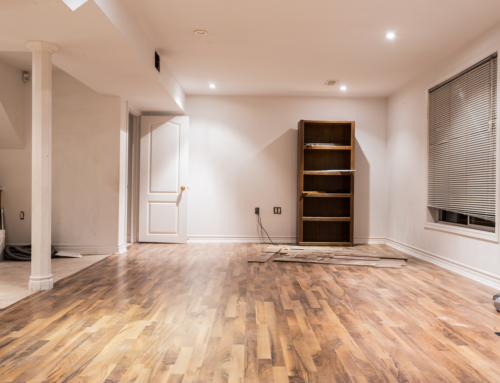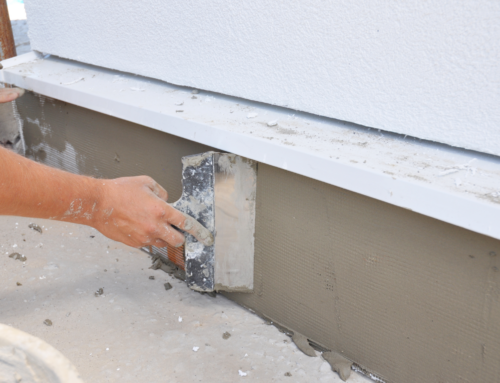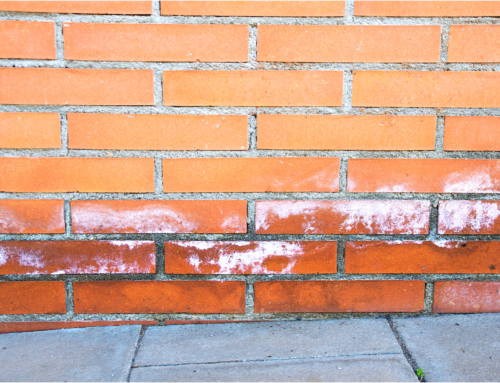Shopping for a new house? Be sure to fully inspect the basement. Basements, by the simple fact that they are built below ground, present the very good possibility of water infiltration or intrusion. What seemed like a dry basement when you were buying the house can become a wet basement overnight after you have moved in.
This can happen when the water table becomes too high. Water in the soil can put pressure on your foundation walls, causing cracks. In addition, water will always follow the path of least resistance. So, over time, water can find its way to your basement. This leads to wet basement problems.
When you are buying a house, it is important to check for signs of dampness in the basement. This is especially true because you can’t always rely on seller disclosures. It’s possible the seller wasn’t aware of the warning signs of a wet basement. And if the seller did know and failed to disclose it, it’s still difficult to prove and could lead to a number of expenses from legal fees to replacing damaged items.
So, in addition to getting the house inspected by a qualified and accredited home inspector, you should also know the warning signs of a wet basement when house shopping:
Odor
We all know the familiar smell of musty basement. This is always due to excess moisture in the air. Odor is a guaranteed early warning sign of a wet basement.
Water Stains
Be sure to check for water stains along the ceiling, floors, and walls. Look for brown stains or cracked dry wall, or bubbling paint. Water stains could be caused from something as simple as a one-time spill in the kitchen — or they could be the result of seepage or leaky windows.
Efflorescence
Efflorescence is a condition caused by evaporating water. When water evaporates, it can leave behind salt deposits that produce white or grayish white residue on walls. Sometimes, the deposits sparkle or have a sheen to them. This is always a sign of a wet basement.
Mold
As we have discussed before, mold is a real danger to your home and your family. Mold flourishes in wet basements. Be on the lookout for mold on walls, floors, or ceilings. It could be green, yellow, black, or brown.
Spalling
Take a look at the basement floor. Is it concrete? When water gets inside a hard surface, salt from the water can cause the outer surface to peel or flake away.
Sump Pumps
If a basement has a sump pump, it’s because the house needs it. It’s a very useful tool for pumping water out of a wet basement. This means the owner once had or continues to have wet basement problems.
If you are house shopping, be sure to keep an eye out for warning signs of a wet basement. And if you are thinking of putting your house on the market, take a look around the basement too for these signs. Dry basements increase home value.
If you need help getting your basement ready to sell, contact us for a complimentary estimate.







Leave A Comment